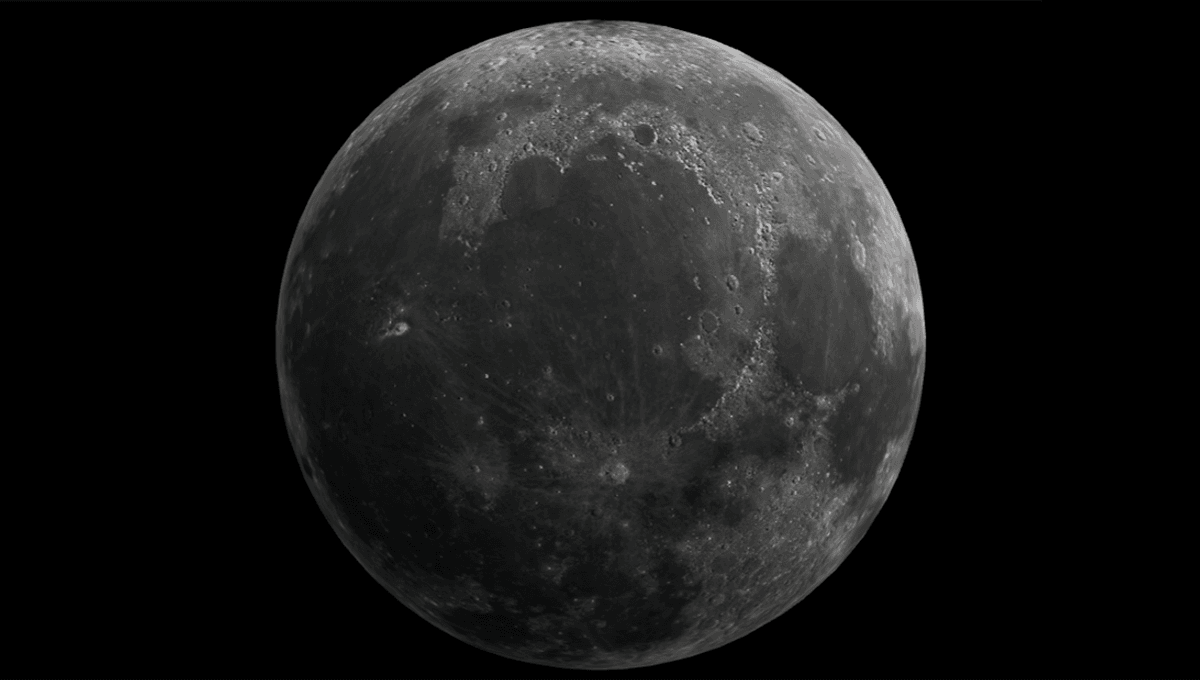For centuries, dating back to long before the invention of the telescope, people have reported odd flashes that sometimes light up the Moon. While these claims go back over a thousand years, it took a long time for them to be taken seriously by scientists, and we still lack an agreed-upon explanation.
It is unclear how long we have seen these flashes of light or color on the lunar surface, but the observations date back at least to the sixth century CE.
“Literature and received reports of lunar transient phenomena (LTP) in lunar programs of observations provided a collection of 2,254 total observations, from 557-1994 [CE] with sufficient information for auxiliary data analysis,” a paper collating these observations explains.
“Among the 2,254 there were 645 that were independently confirmed and/or permanently recorded in photographs, spectra, photometry, and polarimetry. These are designated by +. In study of these reports 448 were found that could not be explained by terrestrial atmospheric or instrumental effects, so are probably intrinsically lunar and are designated * and + for those confirmed or permanently recorded *+.”
Notable witnesses to these phenomena include several monks, who on June 18, 1178 CE witnessed a surprisingly bright flash on the lunar surface.
“Now there was a bright new Moon, and as usual in that phase its horns were tilted toward the east; and suddenly the upper horn split in two. From the midpoint of the division a flaming torch sprang up, spewing out, over a considerable distance, fire, hot coals, and sparks,” Medieval chronicler Gervase of Canterbury wrote of the event.
“Meanwhile, the body of the Moon which was below writhed, as it were, in anxiety, and, to put it in the words of those who reported it to me and saw it with their own eyes, the moon throbbed like a wounded snake. Afterwards, it resumed its proper state. This phenomenon was repeated a dozen times or more, the flame assuming various twisting shapes at random and then returning to normal.”
This is a pretty dramatic description of the phenomenon, but it has been observed in the centuries since, and is a real phenomenon. In 1939, amateur astronomer turned legendary science communicator Patrick Moore witnessed one for himself, and went on to coin the term “transient lunar phenomena” to describe it.
“There has been a great deal of recent discussion about t.l.p. or transient lunar phenomena. My only qualification for discussing them is that I have been watching for them over a period of almost forty years, and have recorded several, but it was only in recent years that they have been accepted as real,” he explained in a 1977 paper.
“They take various forms. Some are merely local obscurations, hiding surface detail which is normally visible; others are obviously coloured, generally red. The classic observation was made by Kozyrev in 1958, who recorded a red t.l.p. in the crater Alphonsus and obtained confirmatory spectrograms. His interpretations have been disputed, but there can be little doubt that an event of some sort took place.”
These events were assumed to be pretty rare. The nature of them, often being caught by amateur astronomers who may be unable to distinguish them from other spurious effects, meant that their abundance was hard to judge.
But from 2017 to 2023, the European Space Agency’s Near-Earth object Lunar Impacts and Optical TrAnsients (NELIOTA) monitored the Moon during parts of the month when most of it is not illuminated, in order to record any of these events. The team found that during 90 hours of observations, 55 events occurred.
“Extrapolating from this data, scientists estimate that there are, on average, almost 8 flashes per hour across the entire surface of the Moon,” ESA explains.
Explanations for the phenomenon have been proposed. One explanation, which gained a little popularity, was that radon is outgassed from beneath the lunar surface.
“People over the years have attributed TLPs to all sorts of effects: turbulence in Earth’s atmosphere, visual physiological effects, atmospheric smearing of light like a prism, and even psychological effects like hysteria or planted suggestion” Columbia astronomy professor Arlin Crotts explained, suggesting this mechanism in 2007, “but TLPs correlate strongly with radon gas leaking from the moon. No earth-bound effect can fake that.”
More recently though, the favored explanation is that the Moon’s surface, unprotected by atmosphere, is constantly bombarded with meteorites, producing the flashes. This seems like the best explanation, but it still is not perfect. For example, NASA’s Clementine mission to the moon in 1994 recorded and photographed four events as they occurred, but looking at the surface later they found no apparent changes from a meteorite impact.
More work is needed, though meteorite impacts and potentially a little geological activity remain the leading explanations.
